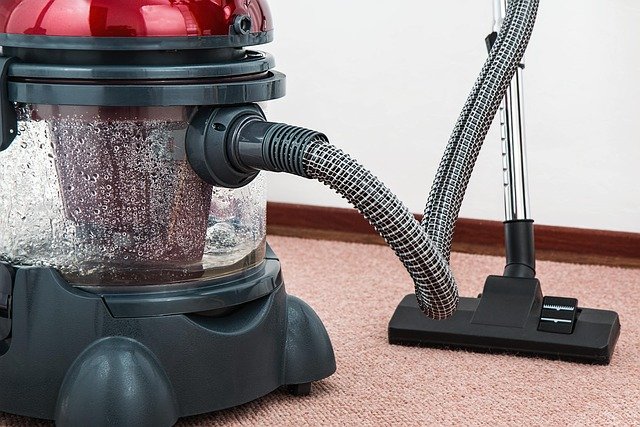Scrubber Brush: Choosing the Right Brush for Floors
A scrubber brush is a simple component with a big impact: it determines how effectively a floor scrubber cleans, how long the cleaning machine parts last, and which surfaces you can tackle. Choosing the right brush requires matching bristle material, diameter, and stiffness to the floor type and cleaning need. This article breaks down options and practical tips for users in commercial and industrial cleaning environments.

floor scrubber: what a scrubber brush does
A scrubber brush is the rotating or oscillating element that agitates water and detergent into the floor surface. On a floor scrubber, brushes perform three jobs: loosen soil, lift it into suspension, and help the squeegee and vacuum pick it up. Brush selection affects cleaning performance and wear on the machine. Soft brushes suit delicate finishes, medium brushes handle general-purpose grime, and stiffer brushes remove heavy build-up. Choosing the right diameter and RPM compatibility with your floor scrubber ensures consistent contact and avoids streaking or surface damage.
cleaning machine: brush types and materials
Scrubber brushes come in several common materials: natural fiber, nylon, polypropylene, and abrasive blends. Nylon offers durability and chemical resistance for many cleaning machine tasks; polypropylene is economical and resists many detergents; natural fibers can be gentle on sensitive floors but wear faster. There are also pad drivers and cylindrical brushes for different machine geometries. Consider fiber density and trim length: denser bristles deliver greater scrubbing force but may require more power from the motor. Match brush construction to your machine’s brush mounting system and operating speed for optimal performance.
industrial cleaning: durability and safety considerations
In industrial cleaning settings, longevity and worker safety are priorities. Brushes exposed to oils, solvents, or heavy grit need chemical-resistant fibers and reinforced cores to avoid rapid degradation. For environments with slip hazards, use brushes paired with appropriate vacuums and squeegees to reduce residual moisture. Some industrial sites benefit from abrasive brush blends or wire brushes for removing concrete coatings or industrial soils, but these require careful use to prevent surface etching. Always verify brush compatibility with floor finish warranties and machine manufacturer recommendations to maintain compliance and safety.
floor cleaning: matching brush to surface and task
Different floor types demand different approaches. Hard surfaces like tile, terrazzo, or concrete typically tolerate firmer brushes, while vinyl composition tile (VCT) and polished surfaces often need softer or non-abrasive pads to protect finishes. For routine floor cleaning, medium nylon brushes balance agitation and gentleness. For stripping, deep scrubbing, or grout cleaning, use stiffer or abrasive options and follow with neutralizing and rinsing steps. Brush maintenance—regular rinsing, removing trapped debris, and rotating replacements—preserves performance and prevents cross-contamination between areas.
janitorial equipment: maintenance, sourcing, and digital ordering notes
Janitorial equipment procurement and maintenance plans should include stock of common brush sizes and a schedule for replacement. Clean brushes after use, inspect for hairline breaks in the core, and replace brushes once bristle wear reduces effectiveness or causes uneven contact. Many suppliers and distributors sell replacement scrubber brushes online; when ordering, keep machine model, brush diameter, and mounting type on hand. Be aware that some digital vendor portals or APIs may occasionally experience outages; for example, users might see an error such as: “Service Unavailable: ”. In such cases, retrying or contacting support via alternate channels ensures you can source essential janitorial equipment without prolonged downtime.
Conclusion
A scrubber brush is more than a consumable—it’s a performance factor that shapes how effectively a cleaning machine restores floors. Understand brush materials, stiffness, and compatibility with your floor scrubber to choose the right option for routine floor cleaning or heavy industrial cleaning. Maintain a small inventory of common sizes, follow manufacturer guidance, and inspect brushes regularly to protect floor finishes and preserve machine life. When sourcing brushes or replacement parts, record your machine’s specifications and anticipate occasional online ordering interruptions so maintenance and janitorial teams can respond quickly and keep facilities clean and safe.






